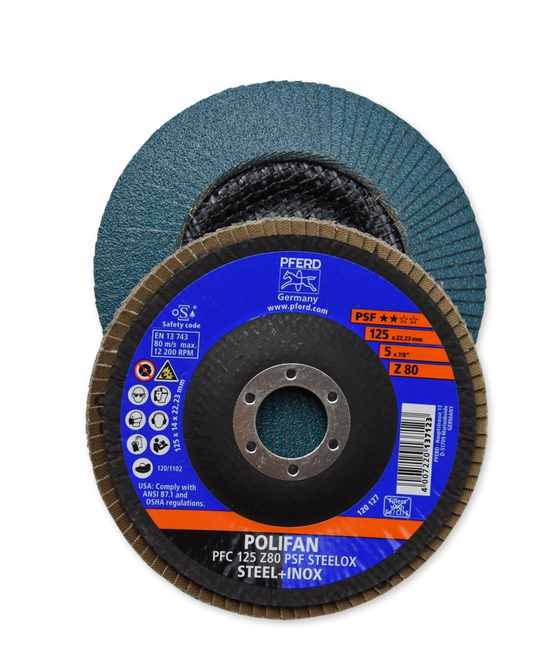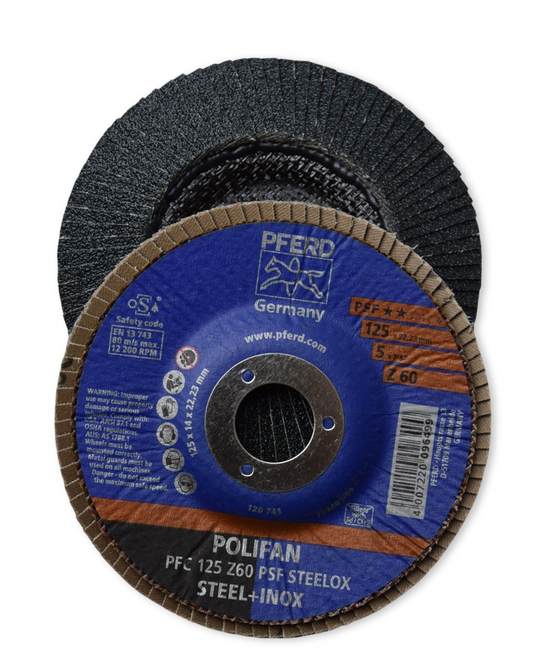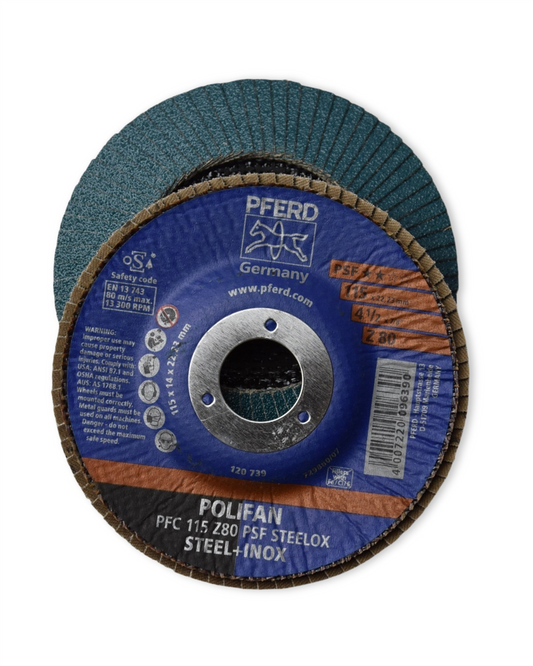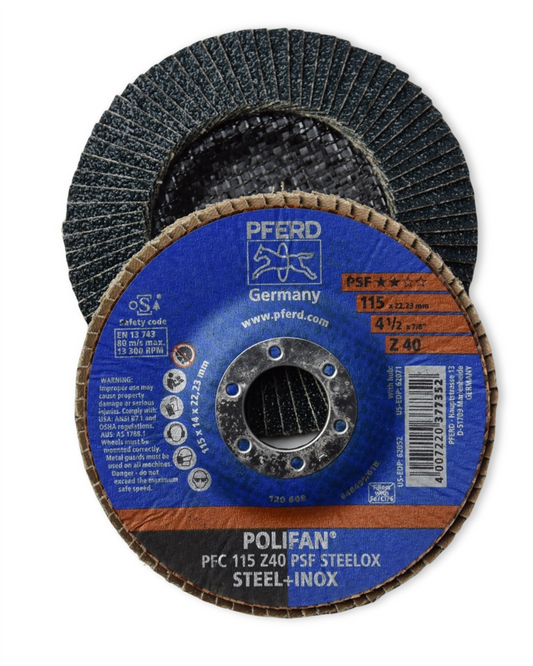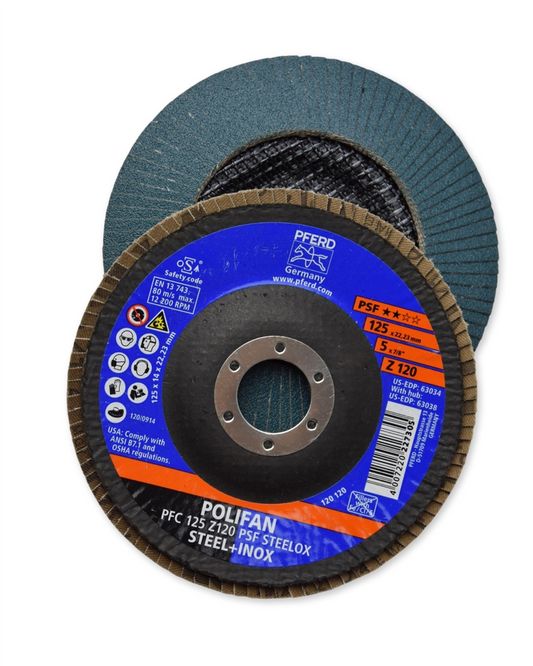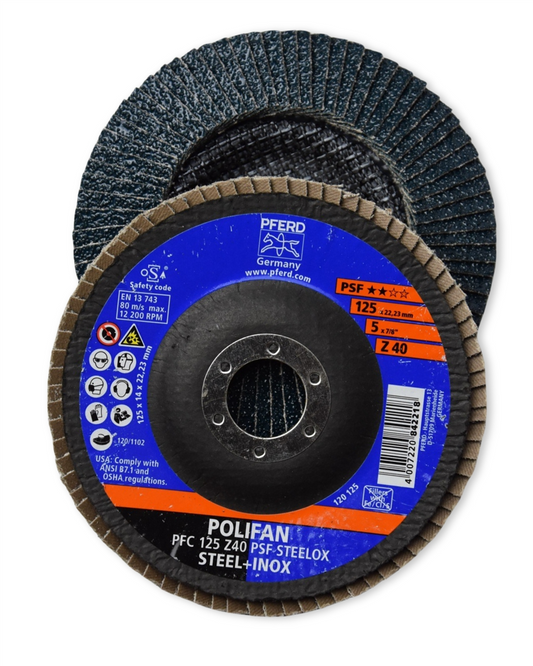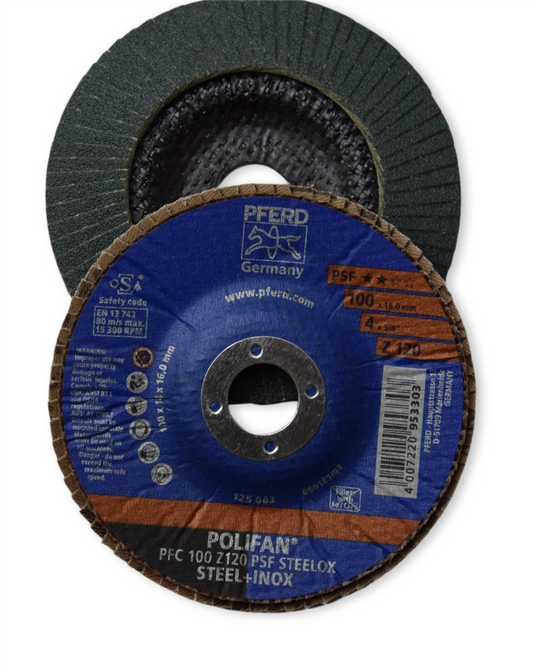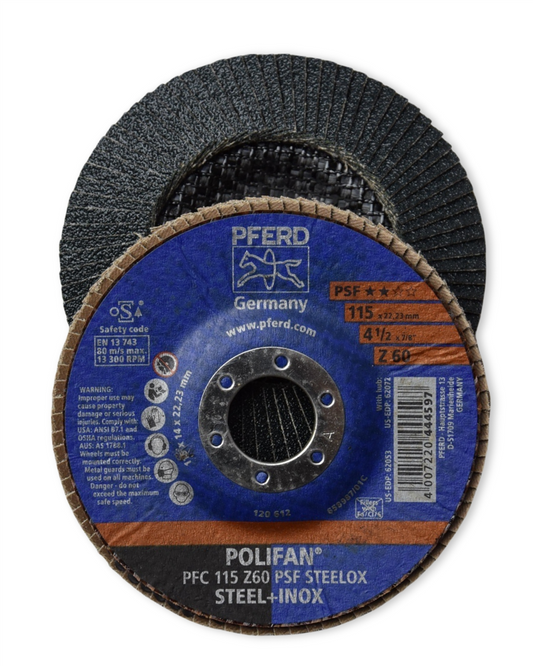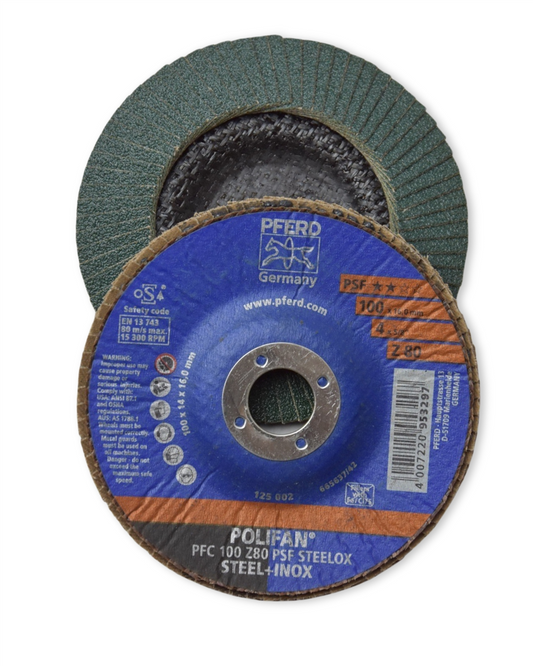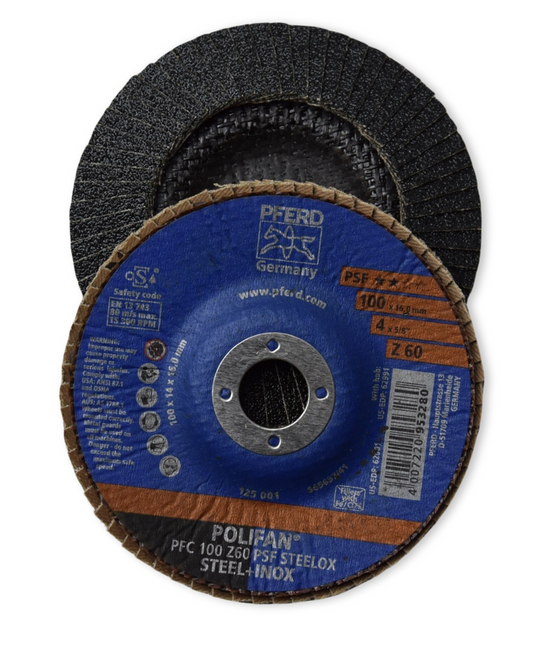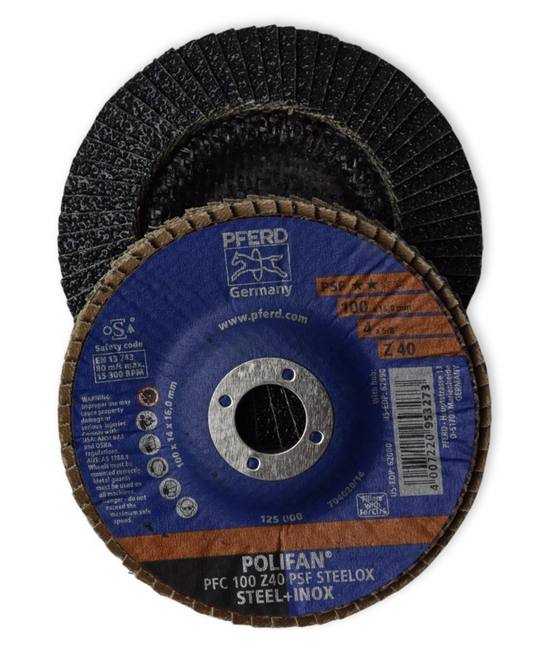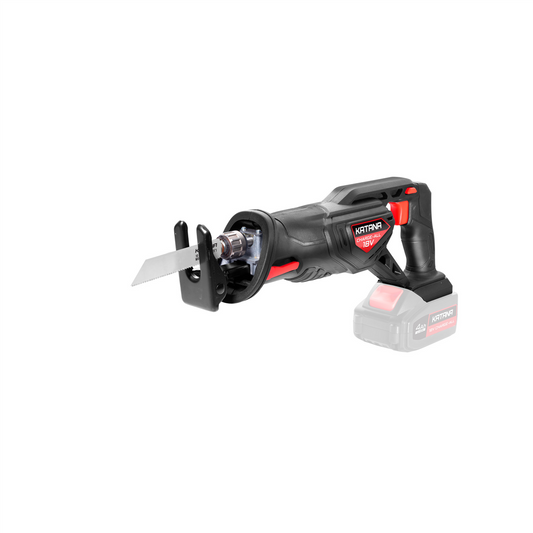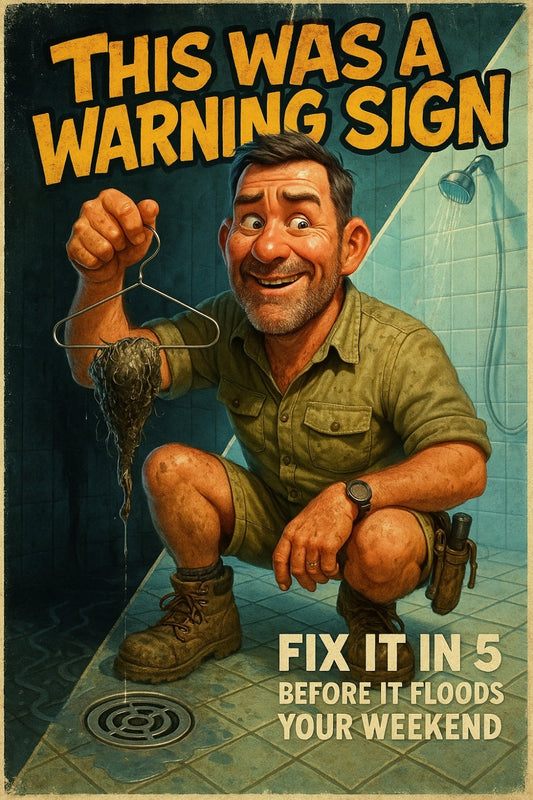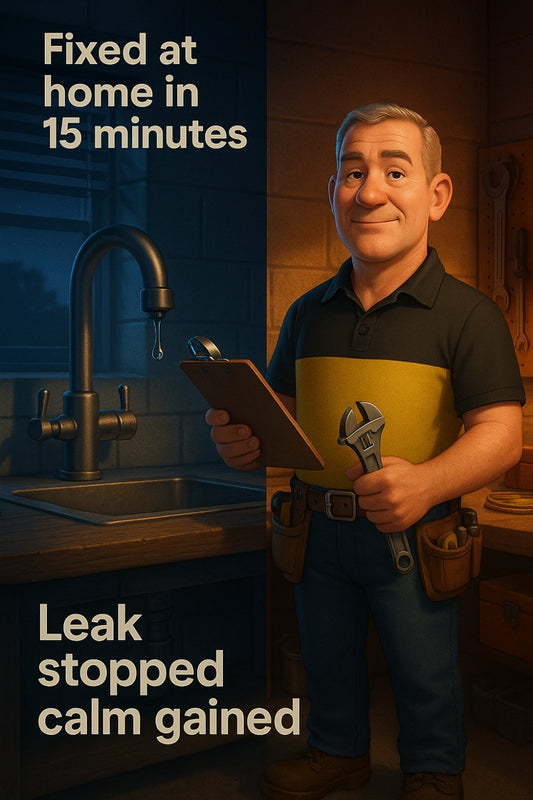Tiny cracks in concrete? Fix 'em right — with no fuss, no jackhammer, no drama.
Share
Small cracks, big job? Not quite. Here’s how to fix concrete once and for all.
Because the little things in your driveway should stay little
If your concrete driveway or patio has started showing its age — with hairline cracks tracing across like little lightning bolts — don’t stress. You don’t need to rip it all up and start again. In fact, fixing small cracks can be surprisingly simple, especially when you know what the weather's been doing, what gear you’ll need, and a few tricks to make sure it stays fixed for good.
This isn’t just about patching cracks. It’s about keeping your outdoor spaces safe, tidy, and ready for whatever the week tosses your way — scooters, barbecues, the wheelie bin dance, or that game of hopscotch someone chalked up over the weekend. Cracks may be common, but ignoring them just makes them worse. Water gets in, dirt settles, weeds wiggle through, and before you know it, that tiny fissure becomes a trip hazard or a costly repair.
Why Does Concrete Crack in the First Place?
Concrete is tough, but it’s not invincible. Over time, it naturally expands and contracts with weather. Hot days bake it, cold nights shrink it. Over time, that back-and-forth causes tension — and tension leads to small surface cracks, sometimes called shrinkage cracks or microcracks. That’s usually all they are: surface-level and cosmetic. But when water enters, especially from heavy rains or daily hose runoffs, those cracks can deepen.
“Concrete breathes more than people think — reacting to temperature, moisture, even tree roots nearby.” — Candeece H, DIY Specialist
What You’ll Need Before You Start
Good prep means less frustration (and fewer ‘oops’ moments):
- Wire brush or stiff broom
- Bucket of water and sponge
- Concrete crack filler or a ready-mix repair compound (look for one suitable for your climate)
- Putty knife or trowel
- Protective gloves
- Sealant (optional but ideal, especially for driveways)
Don’t be tempted to skip the cleaning. If there’s dust or moss in that crack, your filler won’t stick properly — and then you’ve just wasted a weekend afternoon and half a tube of compound.
The Step-by-Step
Step 1: Clean the Crack (Properly)
Use your wire brush to scrub out loose debris. Hose it down if needed, but let it fully dry before adding any filler. Moisture hiding deeper inside can mess with adhesion.
Step 2: Fill It Up
Apply your crack filler with a putty knife or trowel, pressing the mixture right into the crack. Slightly overfill it — concrete settles a little as it firms up.
Step 3: Smooth the Surface
Level off any excess so it sits flush with your driveway or patio. If you leave a mound, you’ll notice it every time the lawnmower clips over it. Let it cure as per product directions (usually 24–48 hours).
Step 4: Seal It (If You’re Keen)
A good outdoor concrete sealer adds a protective layer. It helps the repair last longer, especially in spots that cop splash zones or rolling tyres.
A Few Tips from the Shed Floor
- Check the weather – Aim for a dry day with no rain forecast for at least 48 hours.
- Work in the shade – Sunlight dries filler too fast; shade gives you a better finish and more working time.
- Don’t fill everything – Movement joints and expansion lines are meant to flex. Leave them be.
Does Sand Work as a Filler?
Only very temporarily. Sweeping sand into cracks is a short-term approach and won’t stop water movement or weeds. For anything beyond 2mm deep, use a purpose-made crack filler. It’s formulated to bond and flex with the concrete as temperatures shift.
What If You Leave the Cracks?
They’ll likely get worse — and not just in looks. Water works its way down, making the sub-base unstable. That can lead to shifting slabs and larger repairs down the line. Weeds also love a crack, which means one day you’re just dealing with a line in the concrete — and the next, it’s a green snake of couch grass slithering through your pavers.
Fixing Cracks With Kids Around
This can be a hands-on project for a Sunday with the kids in the yard. Give them gloves, set them up as “brushers” to clean off debris, or let them make mini observation stations — counting ants or drawing what they find in the crack. While you patch, it becomes a learning experience, not just a job.
When to Call In Help
If the crack’s thick enough to wedge a pencil into or runs the full width of your slab, it suggests deeper movement. That might need expert advice. But for fine lines — the pesky ones that catch a broom bristle or fill up with dirt — a DIY repair is usually more than enough.
Final Thoughts
Taking the time to repair small cracks in concrete isn’t about perfection — it’s about preservation. It protects what you’ve already built and sets the tone for care in your outdoor space. Whether it’s the front path where guests walk or the patio where you spend twilight hours with a cuppa, keeping it neat helps everything else feel settled, too.
So next time you spot a little fracture, don’t walk past it fifty times. Grab a brush, roll up your sleeves, and tend to it. Because sometimes, fixing small things makes a bigger difference than we think.
All the best with your next project,
Candeece 🌿

Stay Connected
Follow our Facebook Page: Strathalbyn H Hardware on Facebook

